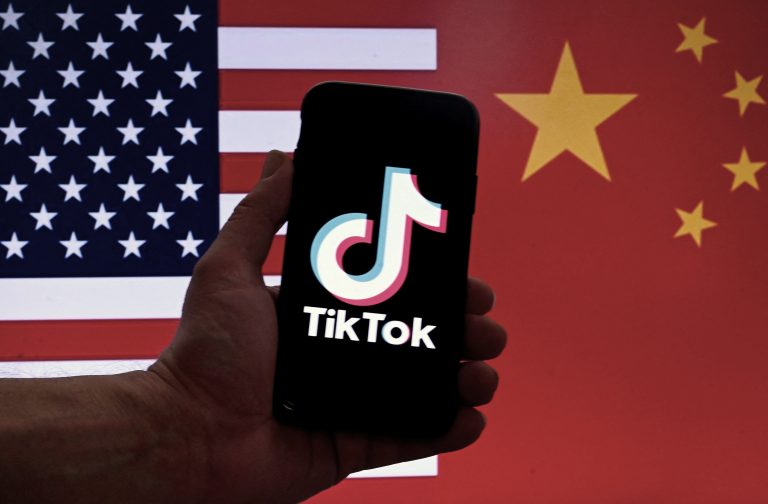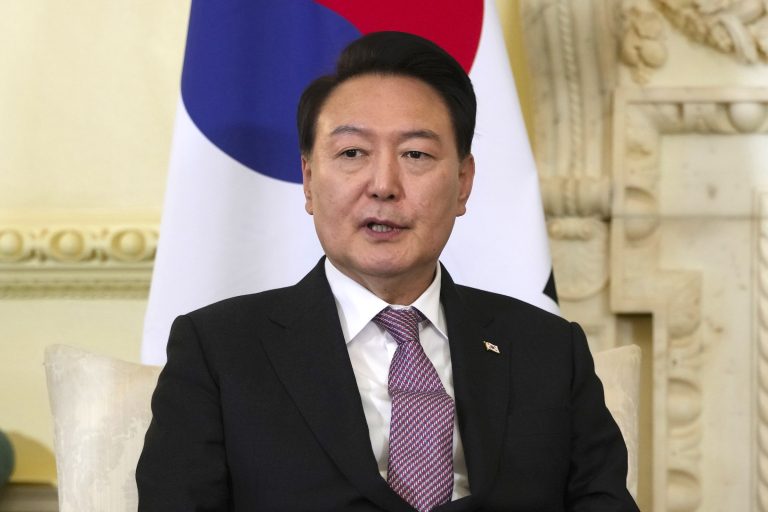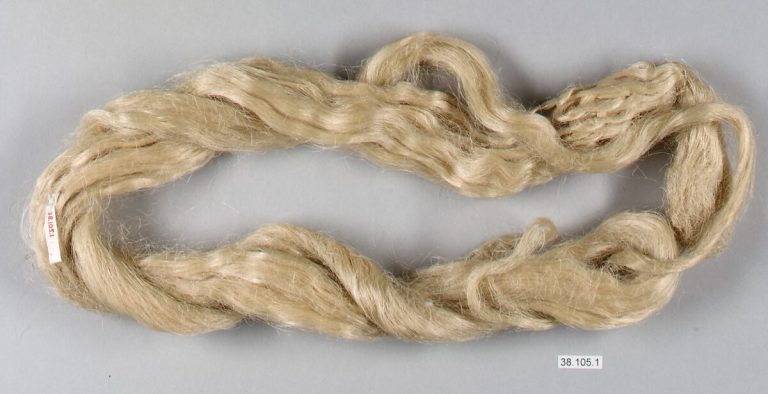One of the most well-known staples of the Chinese Mid-Autumn Festival is the mooncake, called yuebing (月餅) in Chinese. While the name “mooncake” goes back only to the Tang Dynasty over a millennium ago, the basic concept has been around since the Zhou or Shang dynasties around 3,000 years ago.
Mooncakes are dense and sweet pastries typically two or three inches thick, made from a thick red bean or lotus seed paste filling and bordered with a thin crust. Despite the name, not all mooncakes are round; some are square or rectangular. Many regional variations exist, such as Beijing-, Shanghai-, Yunnan-, or Cantonese-style mooncakes.
Cantonese mooncakes, common in the West, usually feature a salted duck egg yolk in the center. Beijing mooncakes have a flakier crust. Other variants use different ingredients in the filling, from taro paste to pineapple.

Mooncakes are dense and sweet pastries typically two or three inches thick, made from a thick red bean or lotus seed paste filling and bordered with a thin crust. (Image: CCFoodTravel.com via flickr CC BY 2.0 )
Mooncakes are known for the Chinese writing and images etched onto their crusts, as well as their elaborate packaging that can be as enjoyable as the treat itself.
The mooncake is culturally and historically significant. It symbolizes the full moon that appears on or around the day of the Mid-Autumn Festival, and with it the sense of completion and union that the holiday celebrates. Even though good mooncakes can seem expensive at a few dozen dollars for a box, the festive mood they bring is well worth it.
Success
You are now signed up for our newsletter
Success
Check your email to complete sign up
A popular legend about mooncakes comes from the end of the Yuan Dynasty in the 1300s when China was ruled by Mongolian invaders.
During over 80 years of Mongol rule, the native Han Chinese were considered the lowliest of the five officially recognized races, and subject to strict regulation. Weapons were strictly prohibited, and even kitchen knives were rationed at one knife for 10 Chinese families.
Even as Mongol governance worsened, the Chinese had no way of mobilizing for rebellion, since the Yuan authorities had spies among the population. According to legend, rebel leader Zhu Yuanzhang found a solution when his friend, the scholar Liu Bowen, suggested that they transmit their message in secret using mooncakes.
On the 15th day of the eighth lunar month, when the Chinese celebrated the Mid-Autumn Festival, the rebels spread the rumor that by eating the cakes, people would be able to fend off diseases. As people received and opened their mooncakes, they saw Zhu Yuanzhang’s call to revolt written on slips of paper buried within. The rebellion began, and the Mongol empire soon collapsed. Zhu Yuanzhang founded the Ming Dynasty and ascended to the throne as Emperor Hongwu.
While the legend may or may not have been true, the modern custom of eating mooncakes during the Mid-Autumn Festival seems to have begun in the Ming period. In the Western calendar, the Mid-Autumn Festival falls in September or October. In 2018, it is celebrated on September 24.
Follow us on Twitter or subscribe to our weekly email
















